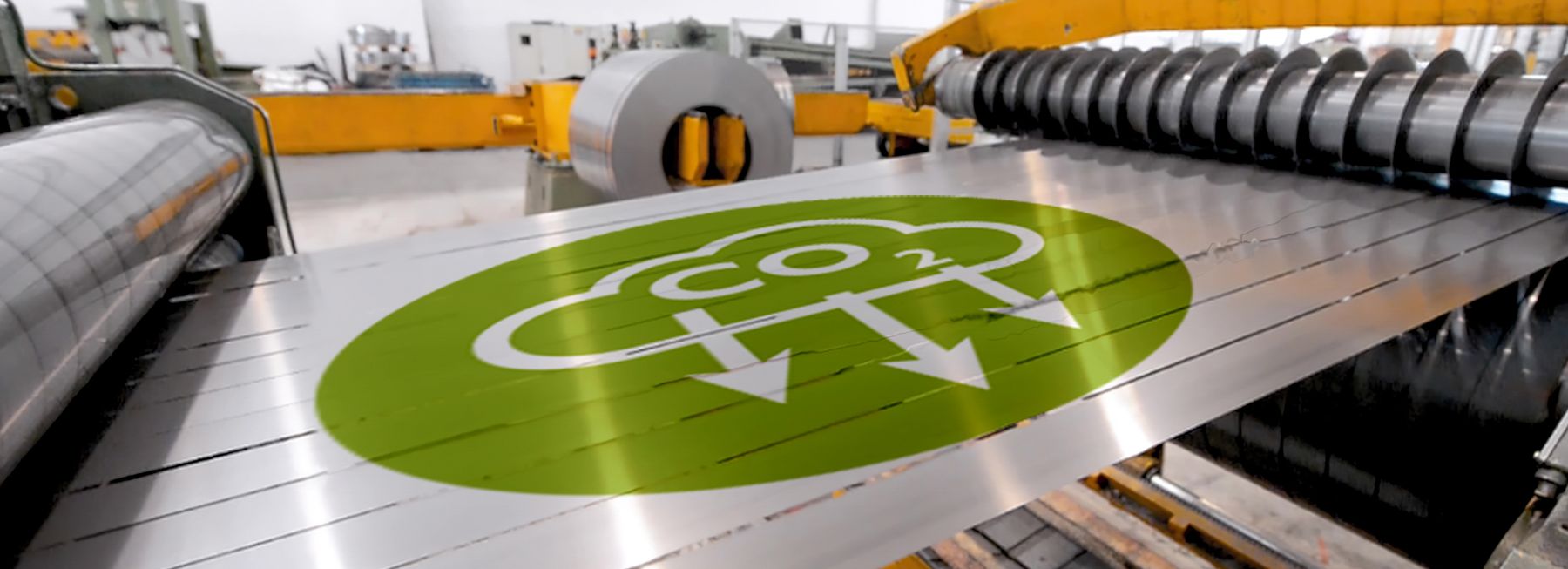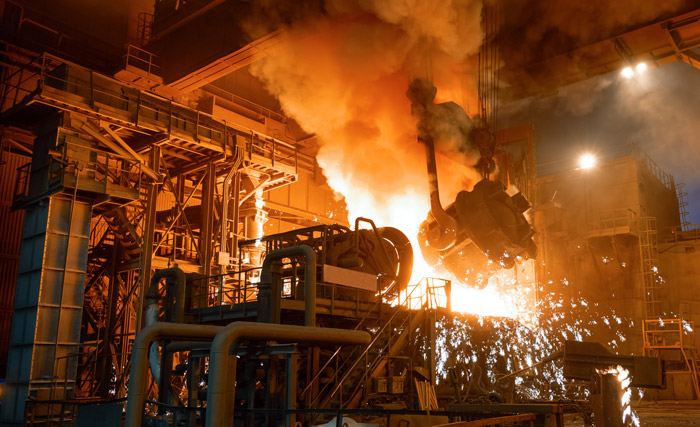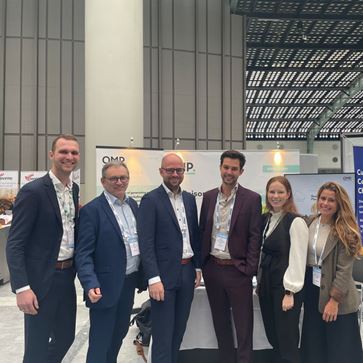
How steel manufacturers can reduce carbon footprint by optimizing tactical and operational planning
Paul Vanvuchelen - January 11, 2022

While the steel industry is investing to achieve net-zero manufacturing over the longer term, it feels like there’s rapidly increasing pressure to reduce carbon emissions more immediately. One option gaining traction among stainless steel manufacturers is reducing CO2 emissions by optimizing tactical and operational planning. My experience with major manufacturers suggests that reductions up to 20% can be achieved in this way.
Carbon reduction is a long-term journey
Blog post
Reducing carbon footprint is gaining in importance for steel companies, as carbon taxes and carbon pricing initiatives are increasingly imposed around the world. Original equipment manufacturers (OEMs) and customers are also now, more than ever, looking for suppliers and products who can claim the smallest footprint. All these factors encourage manufacturers to take action. But what can they do?
An obvious candidate is leveraging the supply chain towards greater use of scrap, direct reduced iron (DRI) and high-grade metals. Steel plants are also phasing out blast furnaces and developing process routes using electric arc furnaces, which outside China already represent 50% of the installed base.

Blog post
Further technological advances are on the way, including using green hydrogen as a fuel instead of natural gas. But these solutions imply huge investment or even technological breakthroughs, which means that in general they cannot or will not be implemented to their full extent right away.
Short-term opportunities through smarter planning
There are, however, some interesting improvement levers on the planning side with great potential in the short term.
For example:
- Tactical planning can be optimized to improve the scrap ratio in source material blends.
- Orders can be combined in a smarter way to achieve better overall equipment effectiveness.
- Production campaigns can be optimized and hot charging implemented so that less fossil fuel energy is used in the process.
- Cutting operations can be mathematically optimized so that less scrap is produced.
- The quantity of dead stock can be dramatically reduced by putting in place a smart material allocator solution, which can automatically allocate these optimized stock items to new orders.
Such features — which are part of OMP’s Unison Planning™ — support the tactical decision-making of managers and engineers, as well as the day-to-day operational choices of planners and shop floor personnel.
A significant potential waiting to be unlocked
Blog post
The potential of such solutions is quite impressive. For example, a manufacturer producing medium-grade 1.4491 stainless steel by the electric arc furnace route is able to achieve the following improvements:
- A raw material blend containing 59% instead of 50% scrap on average
- Significantly less carbon steel and iron-alloy scrap being produced
- Electricity consumption down from 1.02 kWh/kg to 0.9 KWh/kg
- Natural gas consumption down from 0.34 kWh/kg to 0.33 kWh/kg
- Yield up from 59.5% to 66%

Blog post
This means an overall reduction of 18% in CO2-equivalent emissions which can be achieved without compromising operational efficiency or profitability.
While the potential depends on many factors, the example shows that it can be very significant. Unfortunately, much of the steel industry is yet to learn the value of this path to reducing CO2 footprint. These companies should know that CO2 reduction is not just about investment, it’s about making the right decisions everywhere in the supply chain. Smart integrated supply chain planning significantly reduces CO2 emissions over and above baseline KPIs.
Are you curious about the CO2-reduction potential of your steel operation? Feel free to reach out to me to learn more.

Paul Vanvuchelen
CEO at OMP
Biography
With over 20 years’ experience in supply chain planning and executive leadership, Paul currently leads OMP as CEO, driving strategic transformation and sustainable growth across the globe. Before joining OMP, he held several C-level positions, including CEO of Aperam Stainless Belgium and Chief Performance Officer at Aperam, where he led global initiatives in industrial excellence, productivity optimization, and digital transformation.





